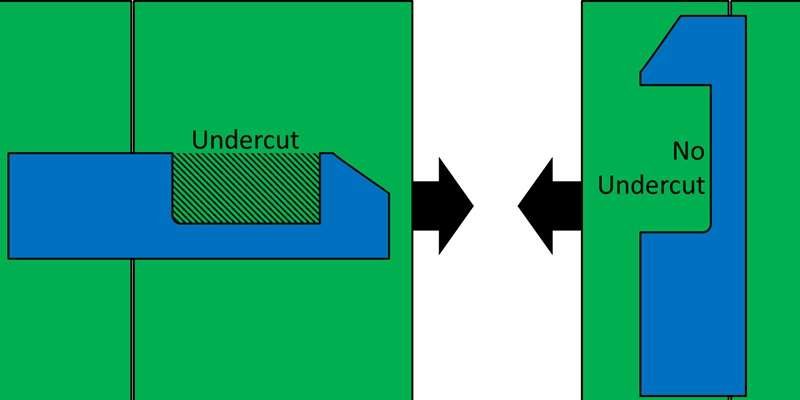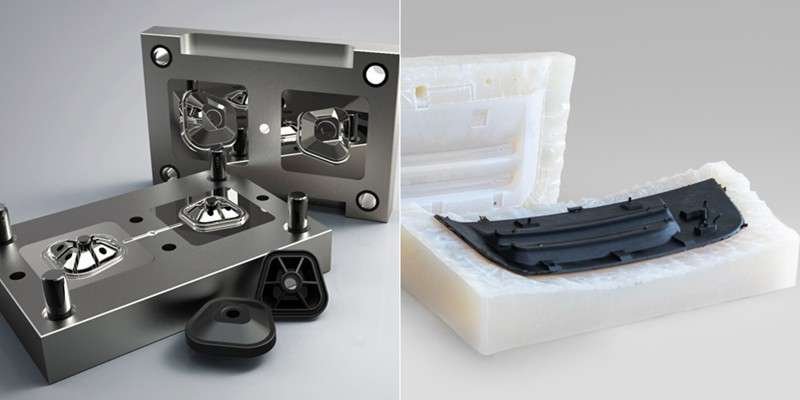Chemically known as poly methyl methacrylate, PMMA is used as an alternative to glass, especially where strength, flexibility, and transparency are the main focus.
This article covers extensive information about injection molding acrylic plastic. Starting from learning what is acrylic injection molding to knowing deep strategies for getting the perfect injection molding part.
Table of Contents
ToggleWhat is Acrylic Injection Molding?
Acrylic is also called organic glass or PMMA. The fascinating properties of this thermoplastic excite the manufacturers to use it for making some of the transparent products across different industries. Polymethyl methacrylate is heated to a certain temperature to melt, which helps it to fit in any required mold.
Upon melting, acrylic is injected into specifically shaped molds to get the resultant product after cooling. These acrylic molds are often custom-designed depending on the customer’s demand.
All this process is completed in highly accurate and professional injection molding machines.

Acrylic Injection Molding Process: How it Works?
The independence of customization in the injection molding process, combined with acrylic’s chemical and physical properties, makes this process popular. Three main steps required for getting the perfect acrylic molded product are:
Step#1: Making the Desired Acrylic Molds
The mold material and making procedure are selected depending on the cost, mold material, and number of molds required. Aluminum and tool steel are the most common materials used to make acrylic parts molds. To save on the cost, making a test mold by placing the desired object in a box and then pouring the melted mold material is preferred.
Once the material cools down, the object is removed, leaving a hollow space where casting material will be poured later to make the acrylic product.
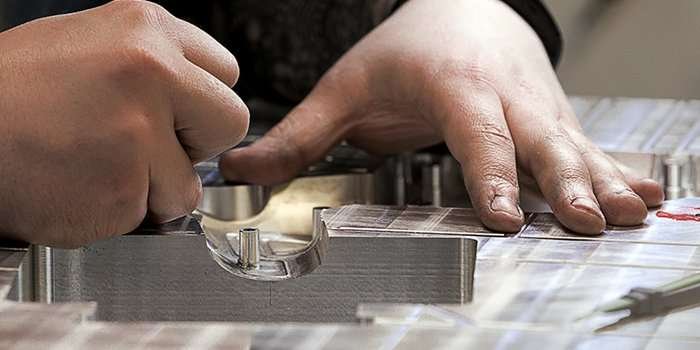
Step#2: Securing Both Parts of Molds
The resultant molds are manufactured in two halves. Therefore the two halves must be clamped together before injecting the acrylic plastic. One half of the mold is attached to the molding machine, while the other half is allowed to slide.
The two pieces of the molds are pressed against each other in a hydraulically operated clamping device. The time required to seal both parts together depends on the clamping pressure of the machine. For example, large machines have a more clamping pressure that needs more time to seal the molds.
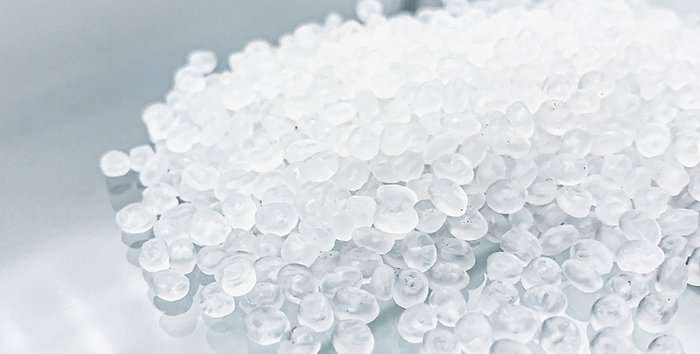
Step#3: Injecting Molten Acrylic into the Mold
Acrylic is added to the injection molding machine in the form of pellets. While passing through the injection unit, the acrylic pellets melt with pressure and heat. This molten plastic is injected into the compressed molds with a pressure that helps it stay inside them. The pressure and volume of the shot in each mold can determine the time required for injecting.
Step#4 : Cooling the Acrylic
When molten acrylic is added to the molds, it starts cooling down. Gradually the plastic will start taking the shape of the mold turning into the required shape of the part or product. Some kind of shrinking may occur during the cooling process, which is taken care of while designing the molds.
Further, when injecting the material, it is ensured that more material is injected to prevent shrinking. Cooling time is crucial to determine the perfect product after the exact time. The wall thickness of the mold plus the thermodynamic characteristics of acrylic helps determine the cooling period.
Step#5: Removing Manufactured Part From Mold
Now is the time to get the final products from the molds. An ejection mechanism in the molding machine is attached to the back half of the mold. The ejection mechanism releases the molds once enough time has passed. A small device in the molding machine helps to unstick the parts from the molds because as the parts shrink, they stick to the mold while cooling.
Draft angle in injection molding plays its role here. An accurately added draft angle to the molds during manufacturing will save the molded parts from tension while removing them with the ejection mechanism.
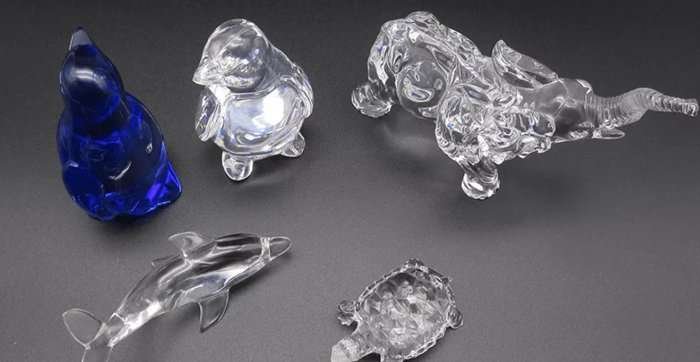
Step#6: Post Processing
Post-processing means removing the surface defects of molded parts to enhance their aesthetics and functionality. Some most common post-processing procedures include deburring and painting.
When plastic is injected into the pressed halves of the acrylic molds, some of it manages to move in the space where the two halves join. After the products come out of the molds, they must often be trimmed from the sides to remove the excessive plastic. These leftover trimmings are later reused for making new parts and products by feeding them into the injection molding machine again.
Benefits of PMMA Injection Molding
Acrylic injection molding is a simple yet highly beneficial procedure for manufacturers and customers. Still, most of you need to know the importance of it, so let’s check out the benefits of PMMA injection molding.
1. UV/ Weather Resistant
Acrylic can filter ultraviolet rays, making it suitable for outdoor use. Combined with other substrates, this thermoplastic can be used for its versatility and good heat stability in various applications. In common, it has a record of staying transparent for years when used in external settings.
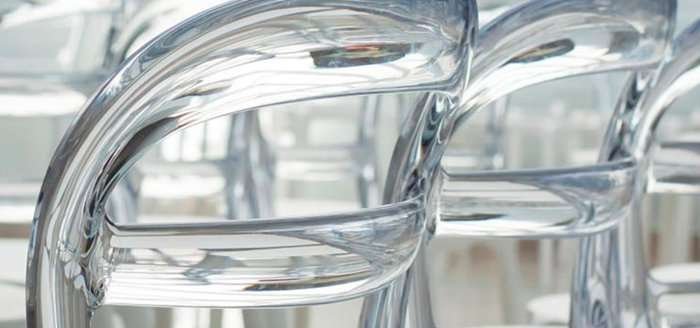
2. Easy to Use
When injection molding with acrylic, it is see-through, giving better quality control to manufacturing parts. It offers a transparency that can go up to 92%, almost comparable to glass. It looks like glass but is almost half in weight than the same size of glass. The lightweightness of this plastic helps with its usability in applications where heavyweight transparent glass cannot be used.
3. Safe for Everyday Products
Acrylic injection molding parts do not release BPA during the hydrolysis process. This means that acrylic can be used for manufacturing domestic products as it is non-toxic. Various everyday-use items can be manufactured with PMMA as it is safe.
4. Impact and Water Resistant
The impact resistance and strength of acrylic make it suitable for injection molding multiple parts. So places where transparent yet stronger injection molding parts are required, like face shields, prefer using this thermoplastic. Its strength combined with waterproof properties, helps to act as a shelter and protection for external surfaces of various products.
Drawbacks of Using Acrylic Injection Molding
1. Low Heat Bearence
The lower melting points of PMMA make it a good polymer for external applications. But this 160°C melting temperature is not good for using it in technical applications. Some of these issues are resolved with the help of low glass transition temperatures that range between 85 to 150° centigrade. But still, it is less resistant to heat as compared to glass, which can deal with even 1000° C without melting.
2. Low Mechanical Strength
The products manufactured with injection molding the acrylic plastic have lower mechanical strength. It leads to lesser loading capacities making them inefficient for mechanical applications.
3. Less Resistant To Chemicals
Some manufacturers have claimed that molded products made with PMMA sometimes have lower stability to resist different chemicals. Certain chemicals at an extreme level affect the product’s surface.
Factors Affecting Quality of Acrylic Molded Parts
Getting result-oriented acrylic molding isn’t that easy. You need to focus on some factors for getting high-quality acrylic molded parts.
1. Mold Design
It is important to focus on the mold design to ensure that you get the accurate parts. A faulty design may lead to losing time and money, so you must be careful. Some important factors to ensure acrylic mold quality include:
Shrinkage
During injection molding, acrylic undergoes a shrinkage of almost 0.4%-0.61%. Although it’s less than the shrinkage in other plastics, it’s important to consider. Acrylic’s anticipated shrinkage can be dealt with by making appropriate improvements to mold design, melting temperature, and injecting pressure.
Draft Angle
The draft angle helps in the easy ejection of the parts from molds. Commonly a 0.5° to 1° draft angle is preferred for acrylic parts. Where the surface polish is a bigger factor, it is advised to maintain a greater draft angle.
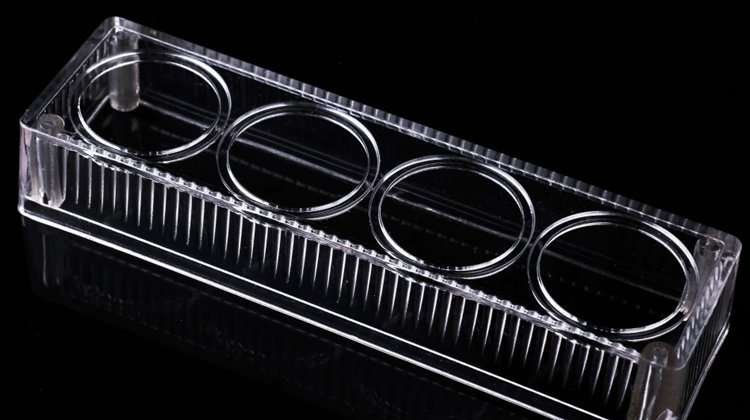
2. Product Wall Thickness
The perfection of acrylic products with injection molding depends on the thickness of the wall. Usually, a 2 mm to 4 mm wall thickness is considered accurate for the end product. Wall thickness depends on the dimensional precision required by the particular industry. If the mold is thin-walled, filling up would be difficult. The manufacturer will need to control temperature, flow rate, and pressure.
3. Surface Finishing
Acrylic products are prone to get scratched especially when there’s a lack of proper surface finish. This ultimately affects the parts over time. Adding extra layers of surface finish keeps the inside parts protected. Here the surface finish acts like a protection sheet for the acrylic parts. So this makes the parts last longer with an improved quality.
4. Injection Pressure
Too high injection pressure makes the parts stick to the mold. These parts get damaged when removed from the molds, affecting the part quality. So maintaining the right injection pressure saves the parts from sticking to the mold, helping them with easy removal.
FAQ
Is PMMA injection molding an expensive process?
No. The cost of material and labor reduces the injection molding cost when hundreds of products are manufactured in one batch. Additionally, acrylic thermoplastic is easy to work with, saving the time required for each batch and lowering the manufacturing cost per product.
What is PMMA?
A thermoplastic exhibiting valuable properties suitable for injection molding. With its stiff yet flexible nature, PMMA lets various industries benefit from its countless applications. It has a brilliant and transparent appearance resembling glass, yet it’s more impact resistant. The best part is its availability in multiple colors, which helps with its use.
What’s the working temperature for acrylic plastic?
Manufacturers can use this plastic at a high temperature between -30° to 90° Celsius. Once you start heating acrylic plastic, it gradually becomes soft and malleable, making it easier to be injected. It can easily retain the same shape as the mold on cooling.
Read More: Methods for Making Metal Prototypes
Conclusion
Injection molding PMMA is a highly professional process, from making the acrylic molds to removing the final product from the mold. Before getting over this process, you must go through every bit of it to avoid losing time and money.
Here at XinCheng, we are a professional and experienced on-demand manufacturer. We offer one-stop injection molding services, committed to turning your ideas into exact prototypes and products. Just contact us today to get a free quote!

